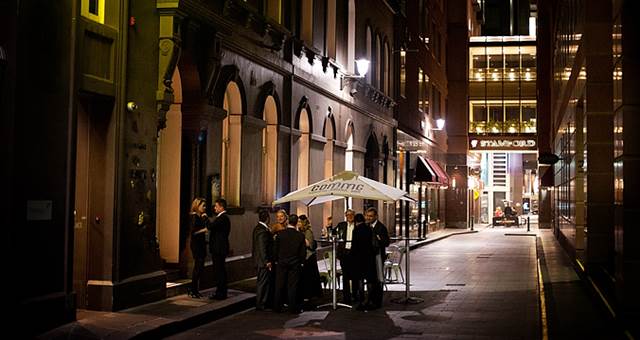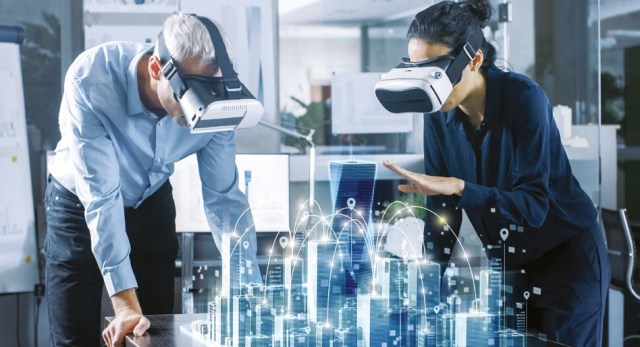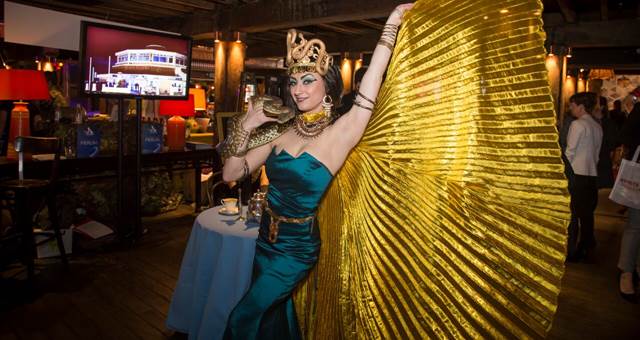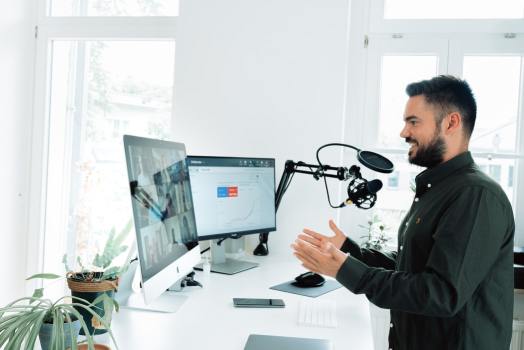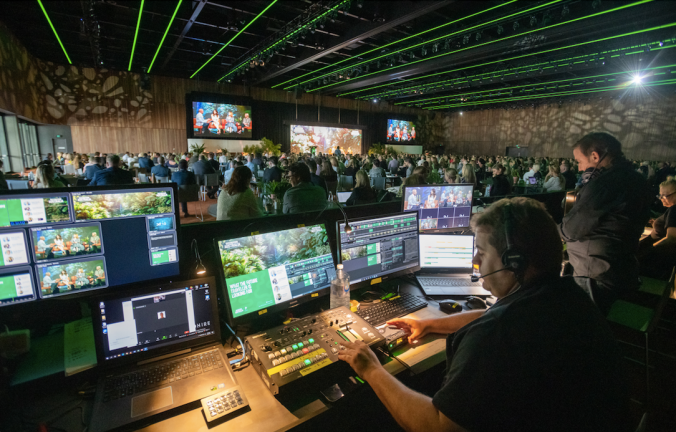
By Matthew Sainsbury.
From heat maps to wayfinding, increasing sophistication around virtual attendance and mixed reality media, the role of technology within events continues to evolve – and rapidly.
It started as a series of investments to deliver resilience through the severe disruption of recent years, but it has left leading events spaces with an appetite for technology and the memorable experiences that it can deliver.
“Through the pandemic, we invested $46 million into the new Winx Stand at Royal Randwick. As part of that in the tech overlay, we’ve got a giant, modular screen that can be transformed or configured in any way possible,” Australian Turf Club executive general manager, Melinda Madigan, says. “It’s already being considered for a major film premiere next year. This is because of the flexibility that technology can add to the venue.”
The overarching purpose of this investment by large venues is to build differentiation. Creating truly memorable events means giving attendees something they can’t experience elsewhere, according to CENTREPIECE at Melbourne Park’s in-house event staging manager, Corey Bulley of MicroHire.
“Great events are created by asking ‘what’s your vision?’, and not ‘what do you need?’”, he says. “Are you out to entertain your attendees? Do you want them walking away saying this is hands down the best event I’ve been to? Then we get creative.”
Creating memorable experiences
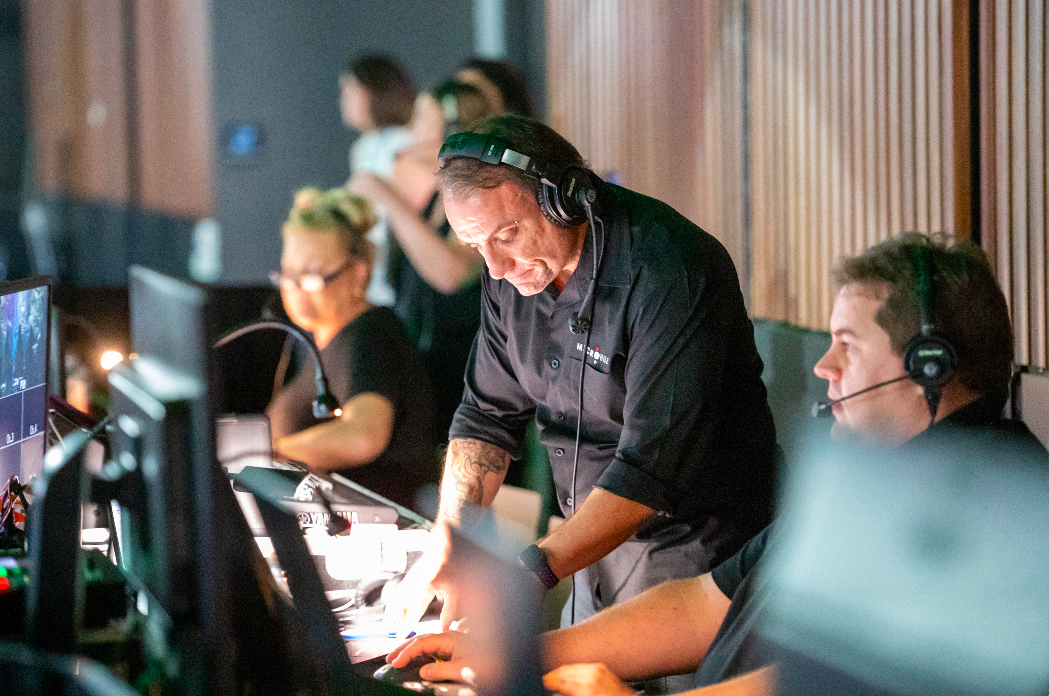
Bulley’s team recently helped clients, including the Asia Pacific Incentives and Meetings Event (AIME), SportNXT, Committee for Melbourne and Destination Australia, create awe-inspiring encounters for thousands of guests.
For AIME 2022, this included utilising the venue’s 15 metre-wide, 700-kilogram LED walls, plus working with in-house rigging experts, ShowTech, to suspend a grand piano and aerial performers metres in the air. It was an event that attendees were certainly not going to forget in a hurry.
“Incorporated into their act we had a large, portrait, LED wall that showed the branding of the event,” Bulley says. “Once the aerialist dropped out of the ceiling, they interacted with the LED wall, where they knocked on it and it turned into two large doors which parted into the second half of the room.”
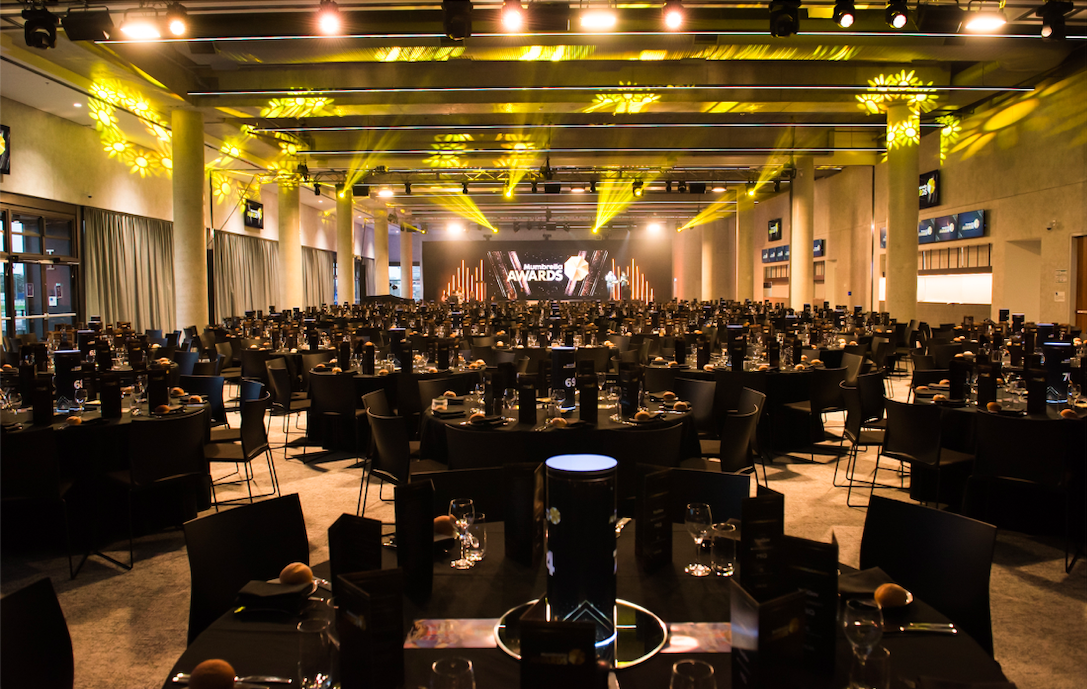
Bringing the capabilities of delivering these high-tech, differentiated experiences in-house is another trend that has been key to venues unlocking the value of their technology investments, ATC’s Madigan says.
“The Australian Turf Club is investing significantly into bringing our own in-house tech capability, to make sure we’re delivering the highest standard of customer service with a one-stop solution featuring state-of-the-art technology, from AV to production and broadcast,” she says.
“We’ve even invested $20 million into our own new bespoke on-site broadcast hub, which gives us the opportunity for potential partners to capture and distribute event content worldwide.”
The appetite for in-person events
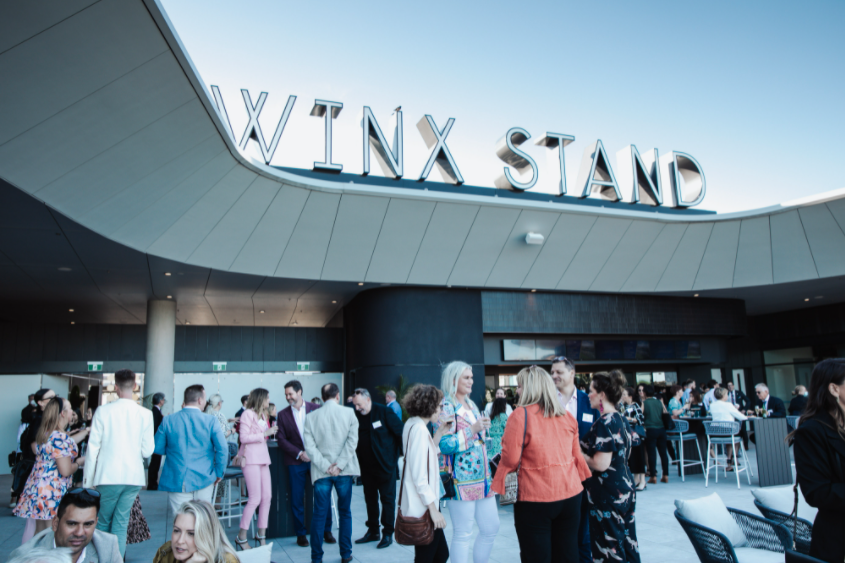
Naturally, much of the technology investment in recent years has been focused on building platforms for the virtual delivery of content. While it will be important to continue to provide the opportunity to broadcast and service remote attendees, Madigan says the appetite to return to face-to-face events is extreme, and the goal now needs to be to ensure a smooth event in which attendees can feel comfortable and safe.
“We were the only sporting event to continue globally throughout COVID-19, and one of the things that enabled that was the use of technology,” Madigan says. “We were doing infrared screening and had all the tools that were required to make sure that our race days were COVID safe. Then we were the first in market to take that into the non-race day event space, so that when meetings and events started to come back, we were already well established to deliver to the expectations of the ‘new normal.’”
Showcasing modern events
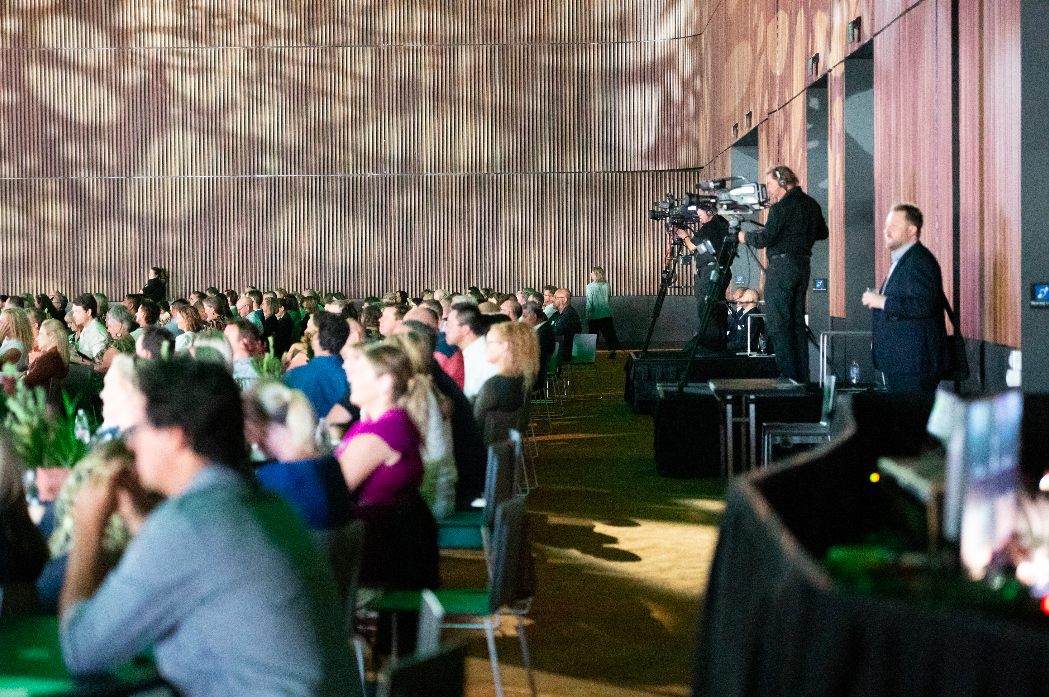
To meet the global expectation for hybrid and online events, CENTREPIECE has factored in things like videoconferencing platforms that allow real-time supers and for presenters to be beamed in (or out) in real scale, too.
“With the tech world constantly evolving, our aim is to keep up with it and use CENTREPIECE as a venue to showcase what’s out there,” Bulley says.
At the recent DreamHack Melbourne festival, the gaming community came together at CENTREPIECE. The space was transformed to accommodate an influx of people, their computers (it was a bring-your-own-computer event) and a range of tech and connectivity requirements.
It meant a massive number of people with high bandwidth requirements looking for a seamless and stable experience simultaneously, and for a hobby where highly visual media is the norm, the space itself needed to look and feel appropriate. Bulley says CENTREPIECE’s design, including its soaring 8-metre-high ceilings and customisable spaces, allowed for “weird and wonderful” ideas to be brought to life.
“You have all this opportunity to activate this space. Smaller venues are still using the same technology – but it’s scaled down and what they can do to create that point of difference is minimal in comparison,” he says.
“For those first 30 seconds of showtime, where you see people walk in the room and their eyes light up, their smiles – it’s why we do it.”
As mega venues invested big in technology to bring resilience to the business and allow operations to continue as normal, one of the big questions over the last few years has been what happens as life returns to normal? Would the appetite to invest in technology continue and where would it be directed?
The answer is that the accelerated transformation has provided a platform for further differentiation and deeper experiences, and in the years to come, we’re going to see some incredible innovation in the events that we attend.
